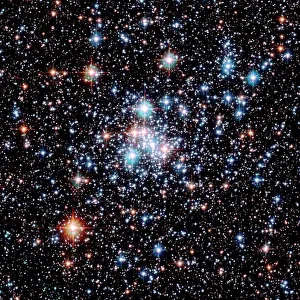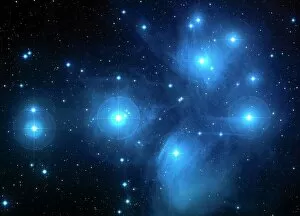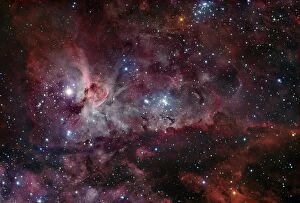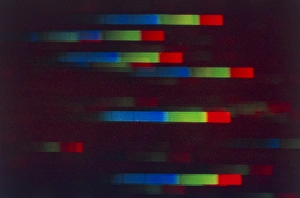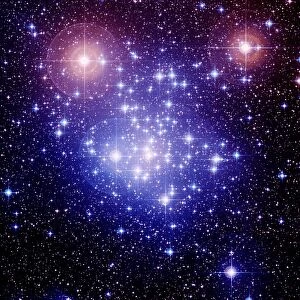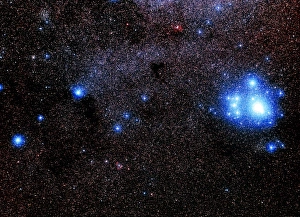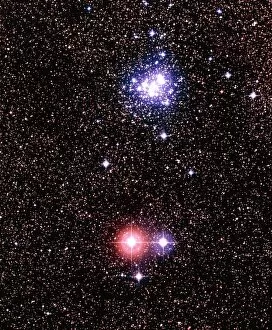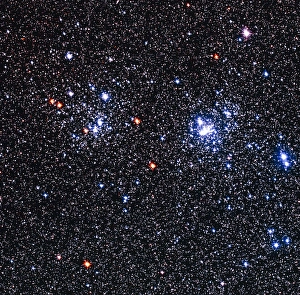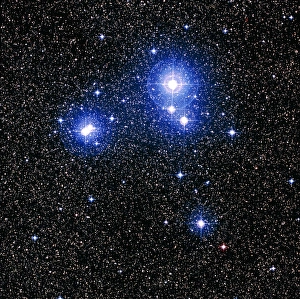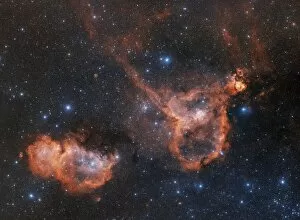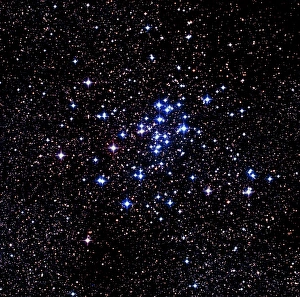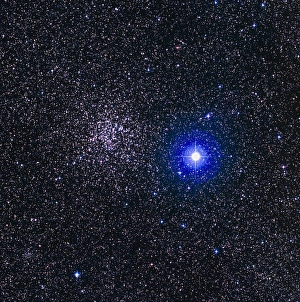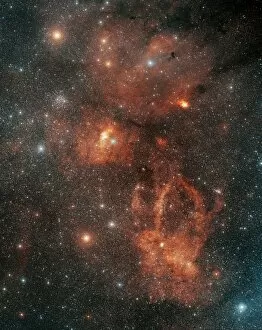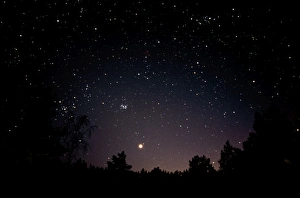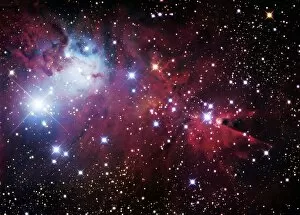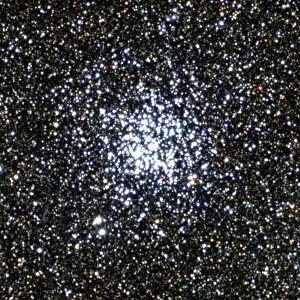Open Cluster Collection
"Exploring the Mysteries of Open Clusters in the Cosmos" Open star clusters, such as NGC 290 and Pleiades (M45
All Professionally Made to Order for Quick Shipping
"Exploring the Mysteries of Open Clusters in the Cosmos" Open star clusters, such as NGC 290 and Pleiades (M45), offer a captivating glimpse into the vastness of our universe. These clusters, composed of hundreds or even thousands of stars bound together by gravity, hold secrets waiting to be unraveled. One remarkable example is the Carina Nebula (NGC 3372), beautifully captured in an optical image labeled C017/3741. Within this nebula lies a mesmerizing open cluster that illuminates its surroundings with stellar brilliance. The spectrum analysis of Pleiades reveals intriguing details about its composition and evolution. The enchanting sight of a star cluster, like IC 2602 or NGC 6231, showcases nature's artistic prowess. Through powerful telescopes, we witness countless stars congregating together against the backdrop of infinite space. Similarly captivating is Perseus double star cluster - a celestial duo that captivates astronomers and stargazers alike. Venturing further into Vela constellation unveils yet another spectacle - the star cluster IC 2391 surrounded by emission nebulae IC 1848 and IC 1805. This optical image captures their ethereal beauty as they intertwine amidst cosmic dust clouds. These open clusters serve as celestial laboratories for scientists to study stellar formation and evolution processes. By examining their properties, astronomers gain insights into how stars are born from collapsing gas clouds and how they evolve over time. As we explore these open clusters scattered throughout our galaxy and beyond, we come closer to understanding the intricate workings of our universe. Each optical image provides us with a window into distant realms where new stars are born while others meet their fiery end. Intriguingly complex yet undeniably breathtaking, open clusters continue to fascinate both professional astronomers and amateur stargazers alike. They remind us that within this vast expanse lie wonders beyond our imagination, waiting to be discovered and admired.

